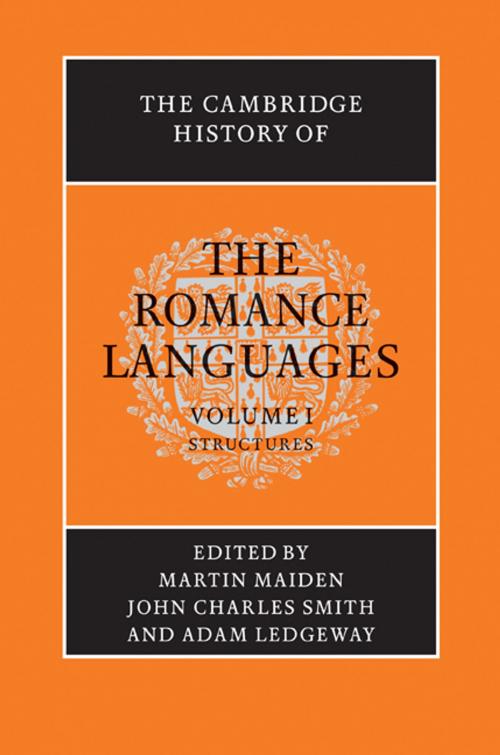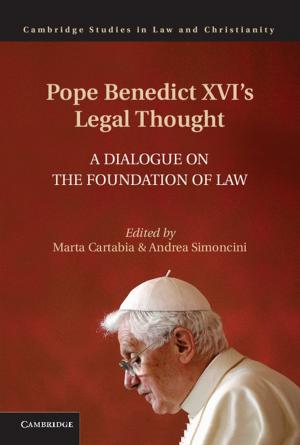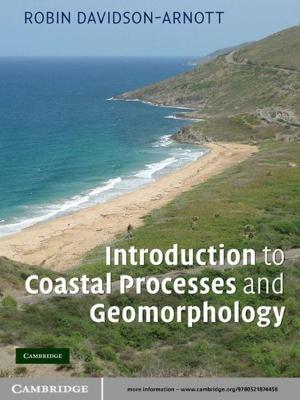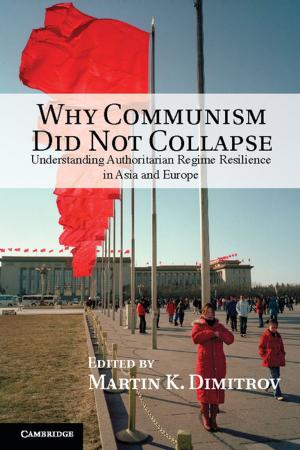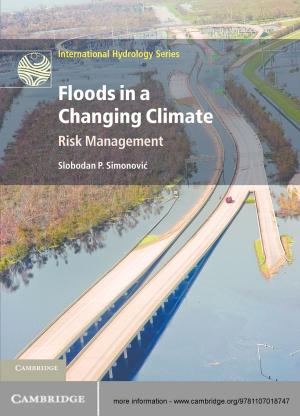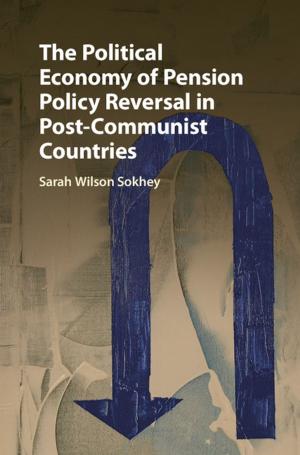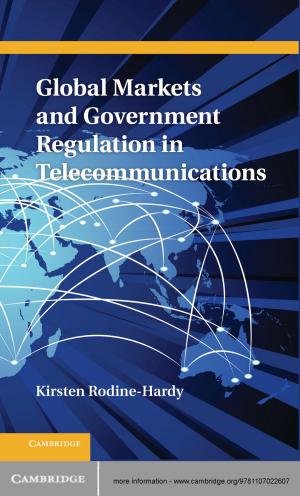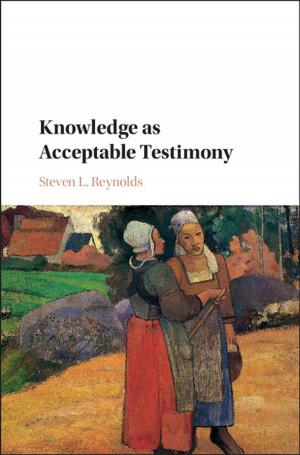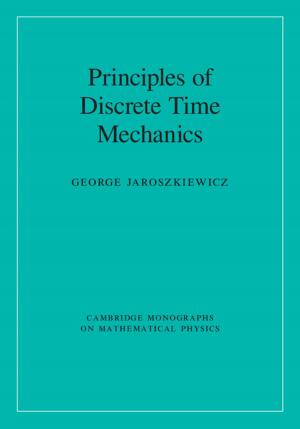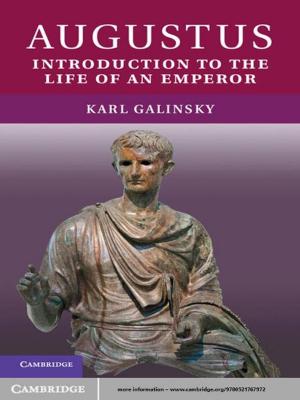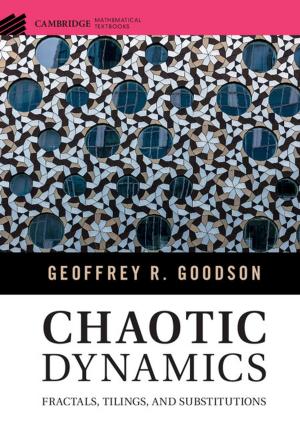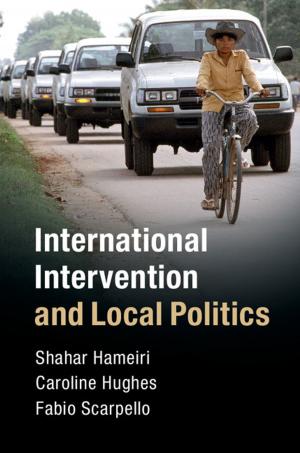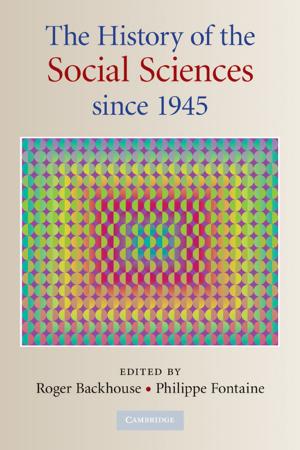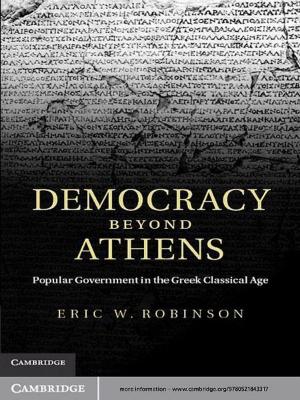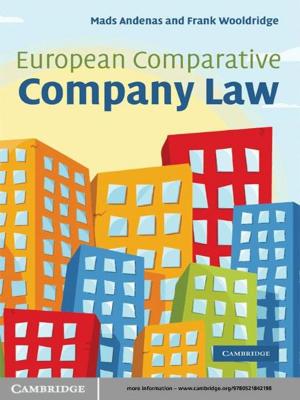The Cambridge History of the Romance Languages: Volume 1, Structures
Nonfiction, Reference & Language, Language Arts, Linguistics| Author: | ISBN: | 9781316183571 | |
| Publisher: | Cambridge University Press | Publication: | December 2, 2010 |
| Imprint: | Cambridge University Press | Language: | English |
| Author: | |
| ISBN: | 9781316183571 |
| Publisher: | Cambridge University Press |
| Publication: | December 2, 2010 |
| Imprint: | Cambridge University Press |
| Language: | English |
This Cambridge History is the most comprehensive survey of the history of the Romance languages ever published in English. It engages with new and original topics that reflect wider-ranging comparative concerns, such as the relation between diachrony and synchrony, morphosyntactic typology, pragmatic change, the structure of written Romance, and lexical stability. Volume 1 is organized around the two key recurrent themes of persistence (structural inheritance and continuity from Latin) and innovation (structural change and loss in Romance). An important and novel aspect of the volume is that it accords persistence in Romance a focus in its own right rather than treating it simply as the background to the study of change. In addition, it explores the patterns of innovation (including loss) at all linguistic levels. The result is a rich structural history which marries together data and theory to produce new perspectives on the structural evolution of the Romance languages.
This Cambridge History is the most comprehensive survey of the history of the Romance languages ever published in English. It engages with new and original topics that reflect wider-ranging comparative concerns, such as the relation between diachrony and synchrony, morphosyntactic typology, pragmatic change, the structure of written Romance, and lexical stability. Volume 1 is organized around the two key recurrent themes of persistence (structural inheritance and continuity from Latin) and innovation (structural change and loss in Romance). An important and novel aspect of the volume is that it accords persistence in Romance a focus in its own right rather than treating it simply as the background to the study of change. In addition, it explores the patterns of innovation (including loss) at all linguistic levels. The result is a rich structural history which marries together data and theory to produce new perspectives on the structural evolution of the Romance languages.
